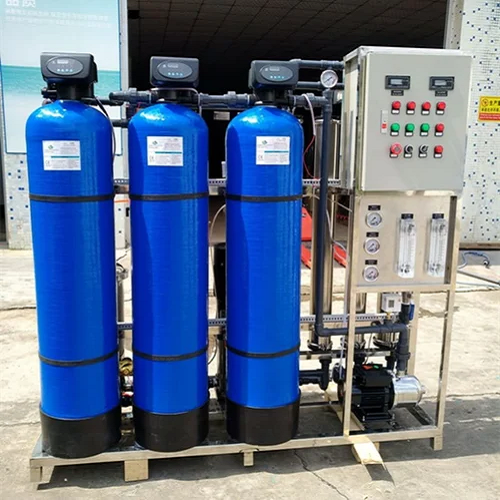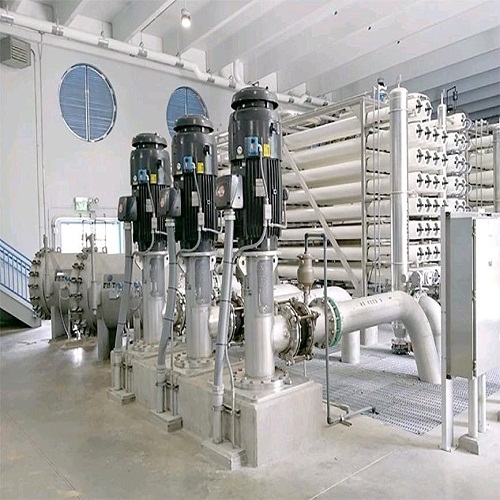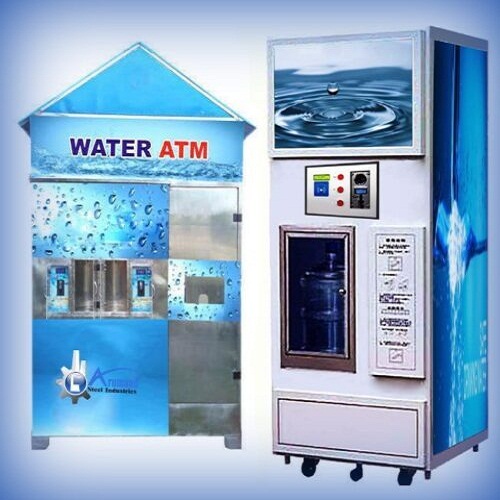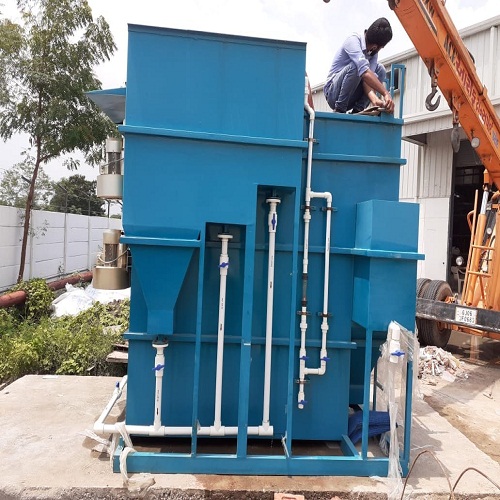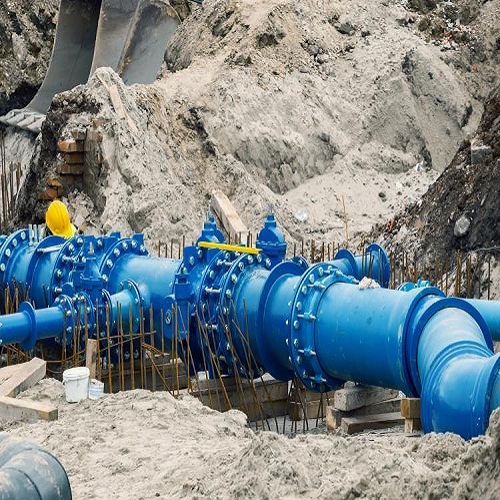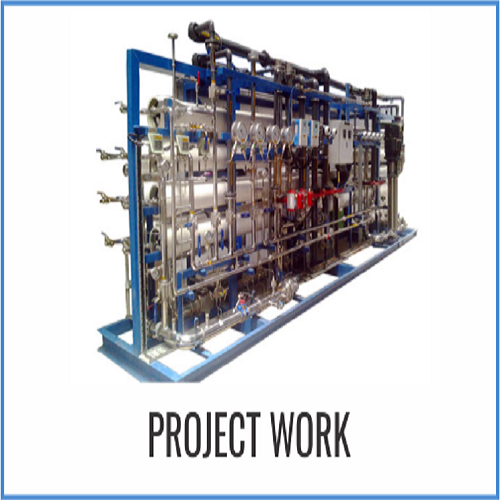
our category
PROJECT WORK (RAINPOWER)
Project Work: RainPower – Harnessing Rainwater for Renewable Energy
Introduction
In the era of renewable energy and sustainability, innovative solutions are essential to meet the world’s growing energy demands while protecting the environment. The RainPower project is an ambitious initiative that explores the potential of utilizing rainwater as a source of clean, renewable energy. By combining rainwater harvesting with cutting-edge energy generation technologies, RainPower aims to create an environmentally friendly system capable of generating electricity from one of nature's most abundant resources: rainfall.
Enquire Now
Objective of the RainPower Project
The main objective of the RainPower project is to develop a system that can harness the energy potential of rainwater for electricity generation. The project focuses on utilizing rainwater’s kinetic energy through various innovative methods, such as piezoelectric materials, water turbines, and hydroelectric systems. This will provide a low-cost, sustainable energy source that can be used for small-scale power generation in homes, industries, and remote areas where traditional power grids are not accessible.
Components of the RainPower System
The RainPower system integrates several key components to efficiently capture and convert rainwater into usable electrical energy. These components include:
-
Rainwater Collection System: The first step in the RainPower process is the collection of rainwater. This is done through specially designed rainwater harvesting systems, including gutters, pipes, and storage tanks. The collected rainwater is funneled into the energy generation system for further processing.
-
Energy Conversion Mechanism: The energy conversion system is where the kinetic energy of falling rain is transformed into electrical energy. There are various methods to achieve this, such as:
- Piezoelectric Generators: These devices convert mechanical pressure (like raindrops) into electrical energy through the deformation of materials.
- Micro-Hydroelectric Generators: A turbine mechanism that generates electricity from the movement of water, often used in systems that collect and channel rainwater to flow over turbines.
- Capacitors and Batteries: These store the generated energy for later use, helping ensure that energy is available when needed.
-
Storage System: After energy is generated, it is stored in batteries or capacitors to be used as required. This storage system ensures a consistent energy supply, even when rainfall is not continuous or during dry periods.
-
Control and Distribution System: The energy generated is regulated by a control system that ensures efficient conversion and distribution of power. This system can be connected to a local grid or used for off-grid applications, depending on the specific needs of the installation.
Technology Behind RainPower
-
Piezoelectric Materials: One of the innovative technologies being explored in the RainPower project is the use of piezoelectric materials. These materials generate electricity when subjected to mechanical stress, such as the impact of raindrops. The technology leverages small-scale, distributed energy generation methods, where even minimal rain can generate electricity.
-
Micro-Hydropower Turbines: Micro-hydropower turbines are being integrated into rainwater collection systems to convert the force of rainwater flow into mechanical energy. These turbines are efficient at small scales, making them ideal for homes or remote areas.
-
Electrostatic Harvesting: Another cutting-edge approach involves electrostatic harvesting, where the static electricity generated by the collision of raindrops with surfaces is captured and stored. Although still in experimental stages, this method could offer a new way to harness rain energy.
-
Energy Storage Technologies: Efficient storage technologies like advanced lithium-ion batteries or supercapacitors play a crucial role in storing the energy generated by rainwater. These systems ensure that the energy is available when needed, such as during dry spells or at night.
Applications of RainPower
-
Off-Grid Electricity Generation: The RainPower system can be used in rural or off-grid locations where access to traditional power infrastructure is limited or non-existent. By collecting and utilizing rainwater, these areas can generate their own renewable energy, reducing dependency on fossil fuels.
-
Urban Applications: In urban settings, the RainPower system can be integrated into existing rainwater collection systems on rooftops or other surfaces to generate supplemental energy. It can be used for small-scale applications such as powering street lights, outdoor sensors, or even residential electricity needs.
-
Agriculture and Irrigation Systems: In agricultural areas, RainPower can be used to power irrigation systems. By utilizing rainwater that is collected and stored, farmers can reduce their reliance on external energy sources and reduce their environmental impact.
-
Emergency Backup Power: In areas that experience frequent storms or rainfall, the RainPower system can be used as an emergency backup power supply. The system can provide power during outages, especially in regions where power restoration takes time.
Advantages of the RainPower Project
-
Renewable and Sustainable: RainPower uses one of the most abundant natural resources—rainwater. This makes the energy generation process sustainable, reducing reliance on non-renewable sources like coal or natural gas.
-
Low Environmental Impact: Unlike traditional energy sources, RainPower has a minimal environmental footprint. It does not produce greenhouse gases or other pollutants, making it an eco-friendly solution to energy needs.
-
Cost-Effective: Once installed, the RainPower system requires minimal maintenance and offers low operational costs. Additionally, the cost of rainwater harvesting and energy conversion systems has decreased over time, making this technology more accessible for widespread use.
-
Scalability: RainPower systems are scalable, meaning they can be adapted for use in homes, businesses, or even larger installations. Whether it's a small-scale residential system or a larger commercial system, RainPower technology can be customized to fit a wide range of energy needs.
-
Energy Independence: By utilizing local rainwater resources, users can generate their own power, reducing dependency on the grid or imported energy. This promotes energy independence, particularly in rural or underserved regions.
Challenges and Considerations
-
Weather Dependence: The efficiency of the RainPower system depends on rainfall patterns. In regions with inconsistent rainfall, it may not generate enough energy to meet demands. Hybrid systems that combine rainwater power with other renewable sources, such as solar or wind energy, can help mitigate this challenge.
-
Initial Setup Costs: While operating costs are low, the initial investment in RainPower systems can be significant. The cost of collecting and converting rainwater into energy, as well as setting up storage and distribution systems, can be a barrier for some communities or individuals.
-
Storage Capacity: The ability to store the energy generated is a key challenge. In areas with sporadic rainfall, energy storage systems must be large enough to hold sufficient power for times when rainwater is unavailable. Efficient storage technology is therefore crucial for the system’s success.
-
Maintenance: Maintaining the rainwater collection, conversion, and storage systems requires periodic checks to ensure that everything is functioning optimally. Regular maintenance can help prolong the lifespan of the system.
Conclusion
The RainPower project presents an innovative solution to renewable energy generation by harnessing the kinetic energy of rainwater. By combining rainwater harvesting with cutting-edge energy conversion technologies, RainPower provides a sustainable, low-cost, and eco-friendly alternative to traditional energy sources. While there are challenges to overcome, such as weather dependence and initial setup costs, the potential of RainPower as a decentralized, renewable energy solution holds great promise for the future of energy generation. This technology could significantly contribute to reducing carbon footprints, promoting energy independence, and improving energy access in remote and underserved communities.
